From what I've seen since I started writing about furniture refinishing, there are a lot of people who appreciate old furniture. There are also many who, if they don't have old furniture, prefer to buy furniture that is made from scratch to resemble the old, to have that look and the traces of the passage of time. However, not all of us like the effects of the passage of time on our furniture, or at least not all of us. Sometimes the marks appear much too quickly, and we really cannot like that. But why does this happen, what factors cause the original appearance to change?
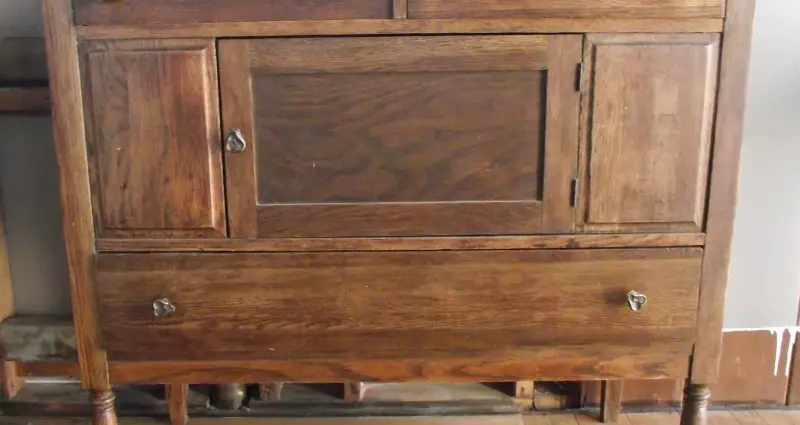
Like everything on earth, furniture ages. It ages wood, varnish, glue, etc. Sometimes the process is faster, sometimes slower, depending on the type of wood and the quality of the materials used. It is the environmental factors that determine ageing: temperature, humidity, solar radiation, etc. The ageing of furniture is determined by the resistance of the wood and the finishing materials to these factors.
As we all know, wood changes color over time. A piece of wood left outside in the sun, beaten by rain and wind, will turn grey in a few months. But if it is protected with varnish, the discoloration slows down. The same is true for interior wood. Even if it is not as aggressive as outside, solar radiation coming through the window can change the color of the wood.

Even artificial light can do this. Over time, light-colored wood will darken (pine, molid) and the dark one will discolor (nucThere are also species of wood that are more sensitive and whose color starts to change as soon as they are cut. The best example is cherry.
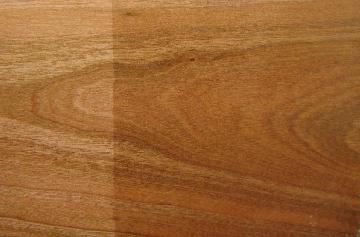
To avoid rapid color change and delay natural aging as long as possible, you can use various finishing materials. The simple use of a first layer of baiț will stop the wood from changing color as much. Natural furniture will change color faster than stained furniture, even if the color is light. You can also use varnishes that are specially made to protect it, which contain UV filters. A yellowing-resistant varnish is acrylic on solvent. It also protects chemically discolored wood. The better the protection, the better the whole system (primer and varnish) is protected, not just the topcoat.
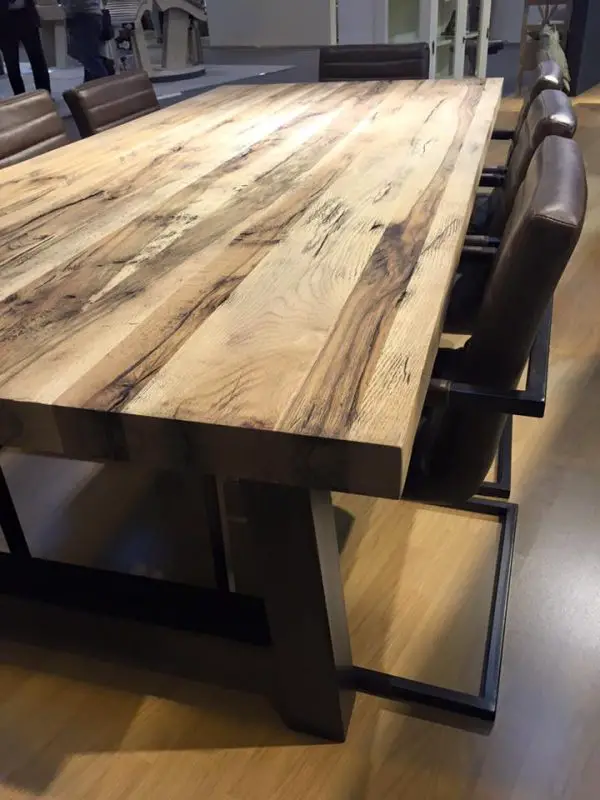
Varnishes also contribute to the ageing of furniture. In general, varnishes turn yellow over time, which gives that old look. The degree of yellowing depends on the nature of the varnish. For example, nitrocellulose lake is one of the lakes that yellows quite quickly and quite visibly. The resin contained in the varnish is derived from cellulose, a component of wood, and therefore also subject to color changes. The yellowing of nitro varnish can be reduced a little by using products with UV filters, but the varnish will still yellow. The same goes for alkyd, oil-based paints. They, too, yellow over time no matter how treated.
Another type of varnish that yellows over time is polyurethane varnish. Here the catalyst, which is very sensitive to yellowing, plays a decisive role. The choice of materials is particularly important when the furniture produced is white. In this case make sure that you use products with high resistance to yellowing. Otherwise, the furniture will yellow quite quickly (less than 1 year) and the process will be accelerated by high temperature or aggressive factors (steam, abrasive materials, etc).
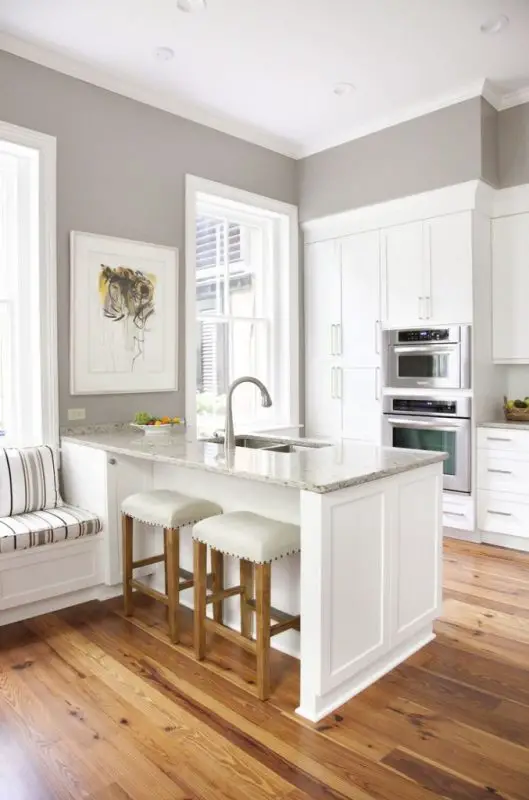
How the materials are chosen and how the furniture is finished are also very important for how the furniture will look over time, not just when you buy it. Some products are more durable and better, and using them will make your furniture last longer. However, this comes at a higher cost and therefore a higher price to pay for your furniture. But, I assure you, it's worth it!

























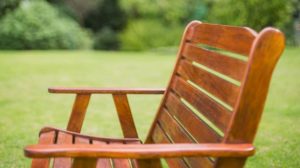


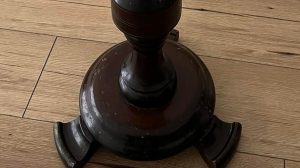
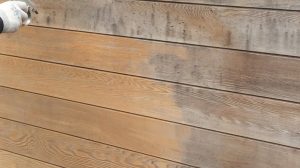

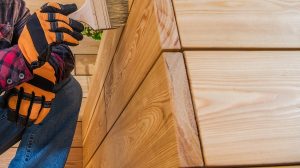
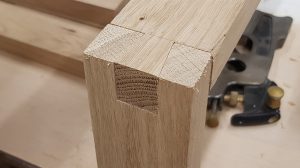



What beautiful articles!!! I found you at the right time because I am trying to find out more information about spruce wood and furniture made from it, I really want some pieces of this wood because it is light and particularly beautiful. So I would like to know, a spruce wood given only with wax, how does it behave in time? And because I like the patinated look I will ask the manufacturer to finish brushed furniture. What does this process actually mean?
I follow you with much curiosity and still!
Thank you very much!
Thanks for your appreciation!
Waxed furniture is very beautiful, but has low durability and is more difficult to maintain. It scratches easily, stains, and if the cabinets are waxed on the inside they can stain the walls. It needs to be carefully wiped and polished and, from time to time, re-sealed.
I haven't come across the term "brushing" on wood, so I'm trying to understand what you mean. If it's structuring the wood backing, then you should call someone who knows how to do that. If you would send me a link to see what you call brushed furniture it would be easier for me to describe the process.
All the best!
Hello!
Exactly what you were saying, the term refers to structuring by removing the soft grain of the wood.
The furniture I'm referring to is from
http://mariaproduction.ro/fini/categorie-produs/finisaje-brosate/
I must admit I've never come across the term before. In the brans we use structuring. In industry it is done by sandblasting - spraying with fine sand. I have seen that small sandblasting booths for small pieces of wood have appeared in our country. For small projects you can use manual or rotating wire brushes mounted on a drill. Find more information here. Goes much easier on softer woods, such as resinous. On oak you can apply beforehand a solution made of metal (dishwasher) put in vinegar and left for 2-3 days. Apply the solution with a brush, leave it for 2-3 hours (even up to the 2nd day), then remove the early wood with a wire brush.
I have kitchen furniture, doors and floorboards made of fir wood which over time has turned orange and I don't like it. What could I do to get it back to its natural colour?
Unfortunately, there aren't many solutions. Because of natural light, both the wood and the lake have aged and changed colour. The varnish should be removed completely, the wood sanded and varnished again.
All the best!